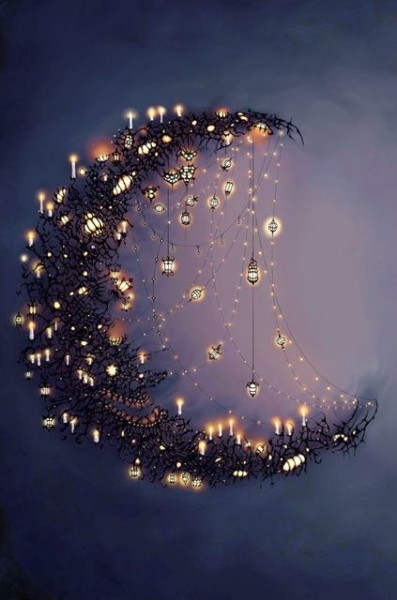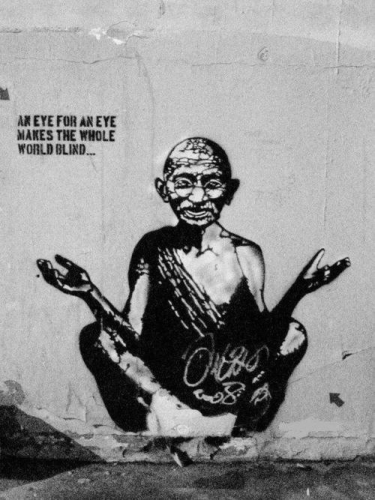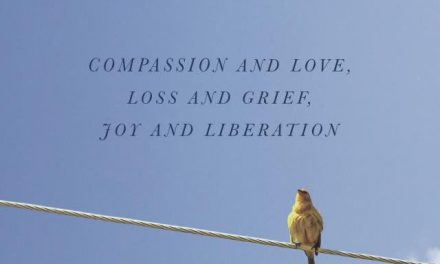By Tammy T. Stone
One morning recently, I got up early, at 5:00 a.m., to meditate.
It was the first time in awhile I’ve successfully managed to greet the day in its dark infancy—an empowering feeling once the deep longing to return to sleep subsided.
My mind raced the entire hour. I tried to be aware of my breath and found it was actually quite hard to locate. I forgot about mindfulness and self-acceptance and berated myself yet again for these tiny, almost imperceptible breath-bits, and then I swung the other way and reminded myself to observe my natural breath without wanting to change my body’s rhythms or forcing myself to breathe deeper.
Without forcing myself to be someone I’m not.
Still on the cushion, my mind drifted toward this self I’m so wrapped up and invested in.
Who am I? Who am I not? What is this ineffable quality of this ‘self’ we keep talking about?
This self will continue to elude us until we stop confusing our real essence with the more illusory accountings of who we are or think we are. Indian sage Ramana Maharshi famously suggested that we meditate by asking “Who Am I,” exploring this question until we start to feel the answer rather than think it. Maharshi has said that this question, “Who Am I,” will ultimately lead us to our heart centre, both actual and metaphysical.
However, only with extreme diligence of practice and maybe even a natural affinity for deep meditative practice can we really enter this eternal centre of self.
It’s fascinating that, at the core, we are usually not where or who we think we are. Various meditations are designed to encourage us to look for our selves by way of coming to realize who and what we are not.
Are “we” in our hands, or feet, or legs, or head or even our own brain? Can we look for ourselves in any of these places and really say we have found the essence, or totality of us?
Still “meditating,” an image came to mind of H.H. the Dalai Lama hanging on the wall of a meditation hall in Dharamsala, conveying a similar idea. From afar, it’s a very clear image of the Dalai Lama laughing (one of the most inspiring things I can imagine ever seeing). As you get closer, it becomes clear that the image consists of varying tiny images of him that do not individually resemble the picture as a whole.
This image reminds us that there are so many layers of reality.
Then my mind took a detour and I remembered that my childhood doctor’s office had a similar image of Abraham Lincoln, and I wondered they chose this artwork on the wall given I was in Canada. Then I got back to thinking about composite images like this, and wondered: how can a totality affect us in such a different way than the parts that create it?
But isn’t this us, every day of our lives, walking-talking-breathing entities made up of so many millions of “pieces”—our memories, habit patterns, thoughts, even body parts that are always in a process of flux and never still and unchanging? Yet, we have at least the semblance of a unified self.
My mind loves puzzles like this, especially when I’m meditating and it’s supposed to be concentrating on the breath.
Isn’t it true that we can’t really find our essence in any one of these million little pieces, but that we still exist, we are still here, we are still “us”?
In darker moments, we can certainly despair a little over the extreme uncertainty this all entails—we might end up chasing shadows forever, or worse, desperately trying to hold on to old versions of ourselves that we will never again be able to grasp.
But it’s also an amazing thing. We can’t intellectually find that place where we truly exist, but we know that we do—this is indisputable.
We are here, now. This is a certainty.
We can enjoy going as deep as we’d like in search of what lies at the heart of us, while realizing that amid the fleeting nature of all things is the truth of our existence and our profound ability to embrace change. Our circumstances, our attitude, our approach to life can all be and woven into the new tapestry of us we are creating and generating everyday.
If this isn’t hopeful, I don’t know what is.
****
After the mediation hour was up, my husband and I went to a nearby park to practice yoga. It was brilliant to be stretching and sweating in the early morning haze, the sun visible but obscured by clouds.
The morning was quiet, and the stillness seemed to stretch our forever, until I heard a cough coming from the inside of a house overlooking the park. It was a loud and resonant sound, as prominent as anything I’ve ever heard, which really struck me: in Thailand and India, where I’ve spent a lot of time recently, it’s not uncommon to hear people hacking fairly regularly in very public spaces.
My recent life before Japan took place within a continued cacophony of sound (retreats aside), and it’s not that the noises drowned each other out, but that their loudness and togetherness is something entirely different from the sound of one cough.
One cough, like a news item of one particular tragedy, and like one self, sings loud, in a very particular way. Not one cough, not one self at a given moment in time, will ever be the only version of that thing, will never be the essence; but each asks for our contemplation.
Our job, maybe, is to attend to every piece, while not losing sight of the whole.
Photo: YusufArtun/deviantart
Editor: Dana Gornall
Comments
- The Importance of Connection: This is How We Heal - January 29, 2021
- Let’s Remember Who We Are - January 10, 2021
- Why the Lotus Blooms: Choosing to Stand Tall {Book Review} - October 14, 2020





